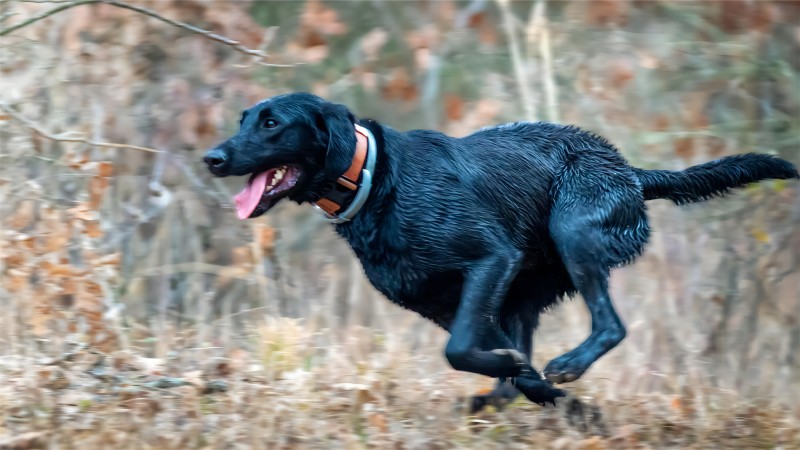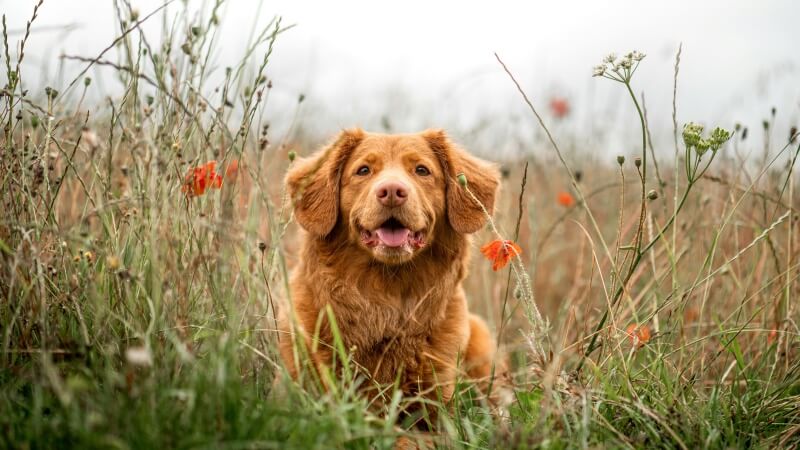
How To Craft A Cozy Cat Vest From Fabric Strips
Have you ever seen your feline friend lounging around and thought, “What could possibly make this picture more adorable?” The answer is simple: a cat

A tactical dog vest is more than just a piece of outdoor gear. It’s a blend of security, comfort, and safety that keeps your canine companion by your side during various activities.
However, what happens when your dog tries to make a daring escape from it? This comprehensive guide offers invaluable tips to ensure that your tactical dog vest stays on, no matter how adventurous your pet might be.
Before diving into escape prevention, it’s crucial to understand what a tactical dog vest is and why it’s a preferred choice for many pet owners.
Purpose and Design: These vests are designed for durability and versatility. With heavy-duty construction, they protect your dog while providing areas for attachments like pouches, patches, and gear.
Comfort Considerations: A good dog tactical vest balances security with comfort. It should have enough padding to prevent chafing and allow for natural movement.
Fit is Key: The right fit is essential. A vest that’s too tight restricts movement and can cause discomfort, while too loose a fit can lead to your dog wiggling free.
Understanding why your dog might try to escape from their tactical dog vest can inform prevention strategies.
Here’s how to ensure your dog’s tactical dog vest stays secure:
Measure your dog’s chest, neck, and length to select the appropriate vest size. An ill-fitting dog tactical vest is the easiest for a pet to escape from.
Look for vests with durable, high-quality fastenings—buckles or Velcro, that can withstand pulling and fidgeting.
Opt for a tactical dog vest with multiple adjustment points. This feature allows for a more customized fit, conforming to your dog’s unique shape.
Some vests come with escape-proof features like secondary security straps or buckles that ensure a dog cannot wriggle out easily.
Gradually introduce your dog to their dog tactical vest. Start by letting them wear it for short periods, gradually increasing the time as they grow accustomed to it.
Watch for signs of discomfort or stress in your dog, like excessive panting, drooling, or resistance to putting the vest on. Addressing these early can prevent escape attempts.
Regularly check the tactical dog vest for signs of wear or damage, especially at the seams and fastenings. A weakened vest is easier to escape from.
For some dogs, especially those with anxiety or past trauma, professional training can be beneficial. A certified dog trainer can help acclimate your dog to their tactical dog vest through positive reinforcement, making them less likely to attempt escapes.
When it comes to using a tactical dog vest or tactical dog harness, mistakes can compromise the safety and comfort of your furry friend. Recognizing and avoiding these common errors can significantly enhance your dog’s overall experience and security. Here’s what you need to watch out for:
One of the most frequent mistakes is not properly measuring your dog before purchasing.
A tactical dog harness that’s too tight can restrict breathing and movement, while one that’s too loose can pose a tripping hazard or make it easy for your dog to escape.
Always refer to the sizing chart and take accurate measurements of your dog’s girth, neck, and length.
Don’t skimp on quality. A pet tactical harness made from subpar materials can cause friction, leading to skin irritation or hair loss.
Always opt for a tactical vest with non-abrasive, durable materials that can withstand both your dog’s movements and the elements.
A heavy tactical dog vest might be perfect for cool weather but can cause overheating in the summer. Conversely, a lightweight vest may not provide enough warmth or protection in colder climates.
Consider your environment and choose a vest with appropriate insulation and breathability.
Just like new shoes, a new tactical dog harness needs a break-in period. Allow your dog to wear the vest for short periods initially, gradually increasing the duration.
This helps your pet get used to the feel of the harness and can prevent chafing and discomfort.
Regularly inspect your tactical dog vest for signs of damage, such as frayed straps, broken buckles, or loose stitching. Regular wear and tear can compromise the vest’s integrity and safety. Immediate replacement or repair is necessary if any damage is found.
Like any piece of clothing, a pet tactical harness can get dirty. Neglecting to clean the harness can lead to skin infections and odors. Make sure to follow the manufacturer’s cleaning instructions to maintain hygiene and durability.
Overburdening with accessories
A tactical dog vest often comes with extra pouches and attachment points.
However, overloading your dog with unnecessary gear can cause discomfort and fatigue. Be mindful of how much weight your dog is carrying, including water, waste bags, and food.
Misunderstanding Its purpose
A tactical dog harness is not a substitute for a regular collar and should not be used for everyday wear. It’s designed for active use, like hiking, training, or working environments.
Using it as a regular piece of attire can lead to discomfort and potential health issues for your dog.
Even with the perfect tactical dog vest, always keep a close eye on your pet, especially in challenging environments. Watch for signs of discomfort, fatigue, or distress. Immediate attention to your dog’s needs is crucial in maintaining their health and safety.
Without proper training, a dog might resist wearing a tactical dog harness, making it difficult to secure the vest properly. Training your dog to wear the harness can prevent this issue, making the experience more enjoyable for both of you.
A tactical dog vest is an excellent tool for keeping your dog safe, but its efficacy relies on proper use and fitting. By understanding your dog’s behavior, choosing the right vest, and employing patient acclimatization and training, you can prevent escape attempts.
Remember, the goal isn’t just to keep the vest on your dog, but to ensure they are comfortable and happy while wearing it. The security of a tactical dog vest pairs best with a dog’s well-being, leading to peaceful and enjoyable adventures for both of you.


Have you ever seen your feline friend lounging around and thought, “What could possibly make this picture more adorable?” The answer is simple: a cat

The moment you consider a dog hunting vest for your adventurous companion, you’re stepping into a world where safety meets functionality. This vest is not

The concept of a dog cooling vest is a game-changer for pet owners looking to enhance their dog’s comfort during those relentless summer days. Imagine

When you first consider crafting a tactical dog vest, it’s not just about embarking on a fun DIY project; it’s about ensuring your furry companion’s

Have you ever seen your feline friend lounging around and thought, “What could possibly make this picture more adorable?” The answer is simple: a cat

The moment you consider a dog hunting vest for your adventurous companion, you’re stepping into a world where safety meets functionality. This vest is not

The concept of a dog cooling vest is a game-changer for pet owners looking to enhance their dog’s comfort during those relentless summer days. Imagine

When you first consider crafting a tactical dog vest, it’s not just about embarking on a fun DIY project; it’s about ensuring your furry companion’s
Secure and Empower, Walk Responsibly
Copyright © 2025pettacticalharness. All Rights Reserved.